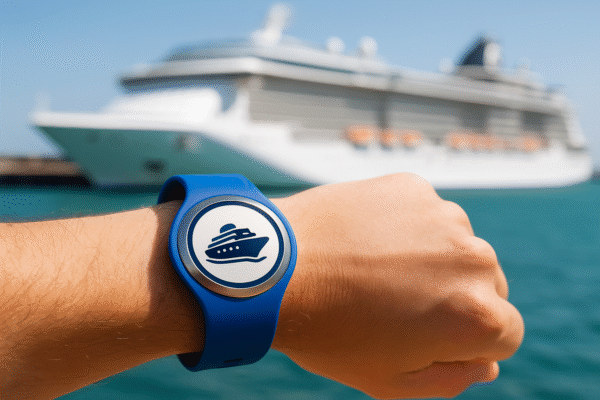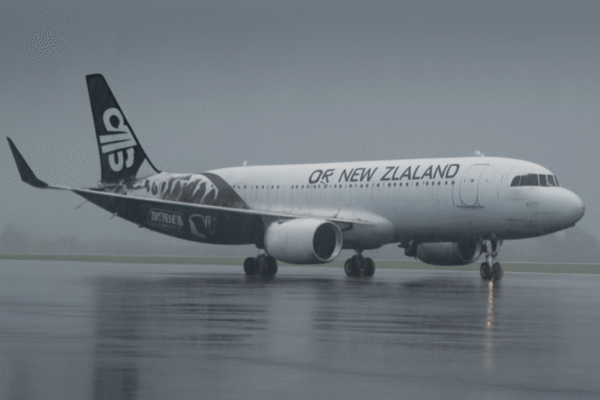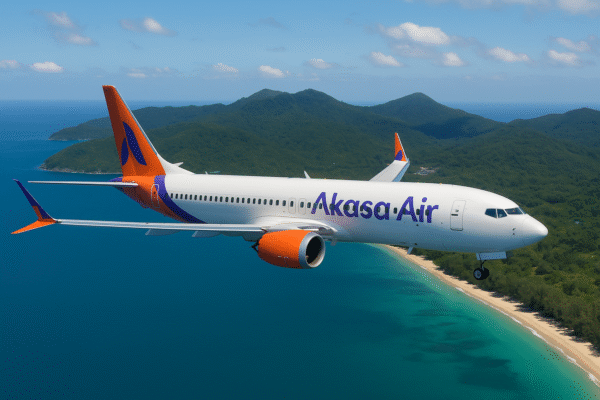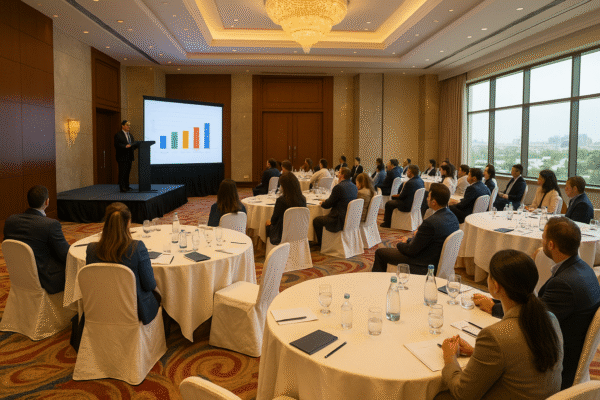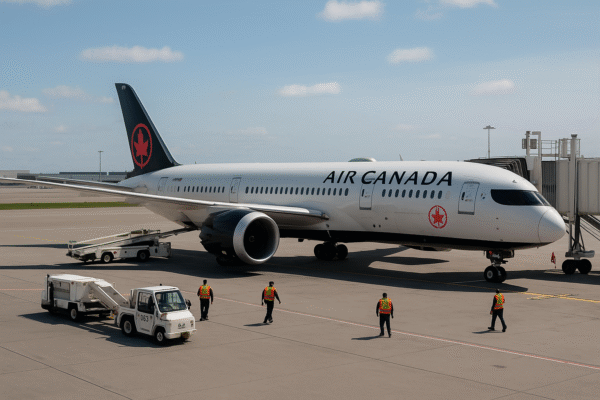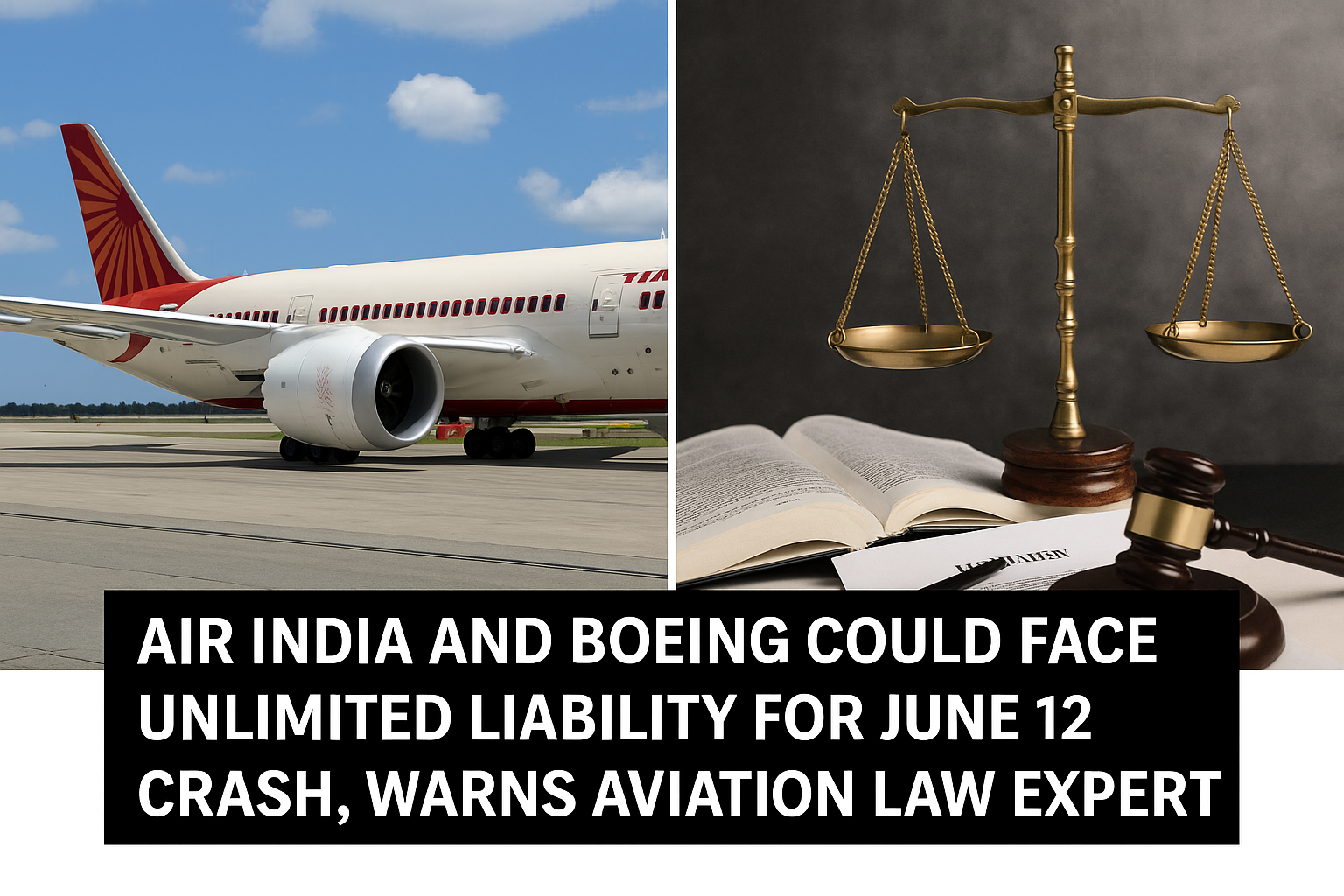In the aftermath of the June 12 crash of Air India Flight IA 171 in Ahmedabad, world-renowned aviation lawyer James Healy-Pratt has issued a stark warning: Air India and Boeing may face unlimited liability if they are found responsible for the incident. With over 30 years of experience in international aviation litigation, Healy-Pratt, who is representing the families of the victims, cautioned that compensation settlements could climb significantly depending on the findings of ongoing investigations.
According to Healy-Pratt, unless Air India can legally prove it was not at fault, it may bear uncapped financial responsibility. If Boeing is shown to have contributed to the crash due to design or mechanical faults, it too could be liable for massive claims. This puts both the airline and aircraft manufacturer at the center of what could become one of the most consequential aviation liability cases in recent history.
Understanding Unlimited Liability in Aviation Law
In a detailed interview with journalist Swaraj Baggonkar, Healy-Pratt explained the principle of “unlimited liability” under international aviation law, particularly the Montreal Convention of 1999, to which India is a signatory. Under this treaty, airlines are automatically liable for passenger death or injury during international travel unless they can prove the accident wasn’t caused by their negligence.
“This isn’t about capped payouts,” Healy-Pratt emphasized. “It’s about whether Air India or Boeing can demonstrate they were not to blame. If they can’t, they could be liable for full financial damages across multiple jurisdictions.”
Compensation Claims: A Complex Legal Landscape
Healy-Pratt’s firm, which is handling global aviation claims including for British nationals on board, is currently advising all victims’ families not to accept early compensation offers. He argues that initial offers—such as the Rs 1 crore (US$12,000) payment proposed by Air India—are far below what victims might receive if legal processes are allowed to develop.
“Families could see compensation ranging from US$2 million to US$10 million depending on where their legal claims are filed,” he noted. Jurisdictions like the United States tend to award higher settlements, especially when manufacturers like Boeing are implicated. In contrast, awards from Indian or UK courts may be lower but still exceed early settlement figures.
International Legal Strategy and Multi-Jurisdictional Filing
Healy-Pratt’s legal team is taking a multi-jurisdictional approach to litigation. Depending on each passenger’s nationality, ticketing details, and travel origin, cases may be filed in the most favorable jurisdictions for compensation. This strategy also leverages Special Drawing Rights (SDRs)—a standardized currency used by international organizations such as the International Civil Aviation Organization (ICAO) to determine compensation amounts.
Furthermore, his firm is working to identify and repatriate the remains of the victims, manage early insurance payouts, and conduct a parallel crash investigation to uncover potential mechanical failures, system malfunctions, or procedural lapses that may shift liability to the airline or aircraft manufacturer.
Boeing’s Role Under Scrutiny
As with other recent incidents involving Boeing aircraft, the focus is not only on the airline’s conduct but also on the design and reliability of the Boeing 787 used for Flight IA 171. If mechanical failure, software issues, or design flaws are identified as contributing factors, Boeing could face claims similar to those filed after the 737 MAX crashes, where compensation liabilities escalated into billions.
Boeing, based in Seattle, USA, is already under increasing global scrutiny for its safety and manufacturing practices. This new crash adds another layer of legal exposure, particularly if the investigative agencies link the event to any manufacturing defects.
Guidance for Families: Patience and Legal Counsel Crucial
Healy-Pratt strongly advises families to accept only the mandatory advance payment—£17,200 (approximately US$21,000)—required under international aviation rules, but reject any final settlement offers until the official crash investigation concludes. This process, he cautions, can take up to two years, but is likely to result in significantly higher compensation.
He referenced his firm’s successful claim in the 2007 Adam Air crash, where victims’ families received $400,000 per passenger within 90 days—a rapid and high settlement achieved through strategic legal planning.
Emotional Toll and the Push for Justice
Beyond the financial stakes, the IA 171 crash has left dozens of families across multiple countries in mourning. For them, the process is not just about compensation—but also about accountability and the prevention of future tragedies.
Healy-Pratt noted, “Families deserve more than symbolic checks. They deserve answers. They deserve justice. And they deserve a process that doesn’t rush them into waiving their rights.”
His firm continues to engage with Indian officials, Boeing representatives, and international aviation authorities to ensure transparency and legal access for every affected family.
Conclusion: A Defining Case for Aviation Liability
The tragic crash of Air India Flight IA 171 has triggered legal shockwaves that may shape global aviation liability standards for years to come. As victims’ families navigate the painful path toward justice, aviation law expert James Healy-Pratt’s warning is clear: accept no settlement until the facts are known and the full legal potential explored.
With Air India and Boeing both at risk of facing unlimited liability, this case could redefine how responsibility is assessed in international air disasters. As the legal process unfolds, it stands to offer vital lessons—not only for the companies involved but for aviation safety and passenger rights worldwide.
For more travel news like this, keep reading Global Travel Wire


